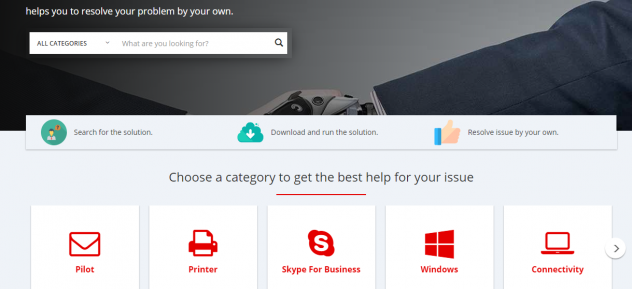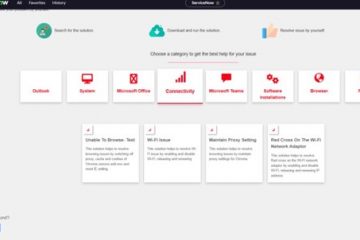
40% of users like to try out to solve the problem themselves before reaching service desk. This number will increase as the average age of workforce is decreasing. Planning the self-service portal properly will make sure it is accessible when users need it most thus reducing more tickets. On the other hand, you also have to consider your company wide security policies and rules. Read on to understand the things you should consider when you are planning deployment of self-service portal.
Contents
Think of the URL it should be accessible from –
Since your employees are end users of the self service portal so the URL should be easy to remember. Some of the suggestions are –
- http://selfserv.mycompany.com
- http://help.mycompany.com
- http://techsupport.mycompany.com
- http://autofix.mycompany.com
- http://healit.mycompany.com
You can also do a brainstorming session with the key stakeholders where they can propose the name.
Should it be accessible from internet also –
To answer this, you have to consider how your users are. Are they blue collar, white collar, desk workers or mobile workers? Where do you get bulk of the tickets from? Your users would fall into below categories –
- Inhouse users / mobile users with VPN connectivity with good internet
- Inhouse users / mobile users with VPN connectivity with patchy internet
- Mobile users with no VPN to connect to intranet with good internet connection
- Mobile users with no VPN to connect to intranet with patchy internet connection
You would need –
- With Internet facing website you can handle 1,2,3,4. Though for 2,4 the experience will be patchy. If you want a good experience for 2,4 then you should consider offline self-service app also which works without internet
- With Intranet facing website you can handle 1,2
This decision will form the base for IT department decision for provisioning a server for you and opening network ports.
Will it be accessible through HTTP or HTTPS?
Hyper Text Transfer Protocol Secure (HTTPS) is the secure version of HTTP, the protocol over which data is sent between your browser and the website that you are connected to. The ‘S’ at the end of HTTPS stands for ‘Secure’. It means all communications between your browser and the website are encrypted
Find out what does your company IT Security policies say about this? If Anakage Self Service URL is accessible only from intranet then the requirement is slightly relaxed and HTTP should be fine but if it is available from internet then you have to think carefully about HTTPS.
If it is HTTPS then you have to find a way to generate SSL Certificates. Contact the IT team to find out the process.
How will user login to the portal –
Do you want to authenticate users when they come to self service portal? If yes how do you want to do it. Below are the options –
- No login – Make the portal accessible without any login page. If it is intranet facing site it should be fine, but if it is internet facing site then please think of implications.
- Use Anakage Login – Create users with appropriate roles to access Self Service Portal. This can be done in Anakage Admin console. You have to distribute these user ids and passwords to users for accessing self-service portal.
- Use Active Directory credentials for login – Users have to provide AD credentials to login. Anakage provides a way to integrate AD for login. Users have to provide login credentials every time they come to self-service portal.
- Use Single Sign On for login – Use single sign on to access portal. Advantage of this is that if user has already provided his credentials to any of other company websites then he need not provide it again while accessing Anakage Self Service portal.
The ask from IT team would be to find out AD integration details for 3 and Single Sign on integration details if it is 4. Anakage self service portal provides support
Do you want additional servers also –
ISO 27001 guidelines mentions the need of staging server where things can be tested out before making it live. If your policies mandate the need of such systems then you will need staging server provisioning also. At some places depending on complexity the need is of 3 servers – test, integration and production.
Anakage Self service portal provides way to integrate your Enterprise policies and rules. If designed properly it will provide best return on ROI.
Read More:



0 Comments